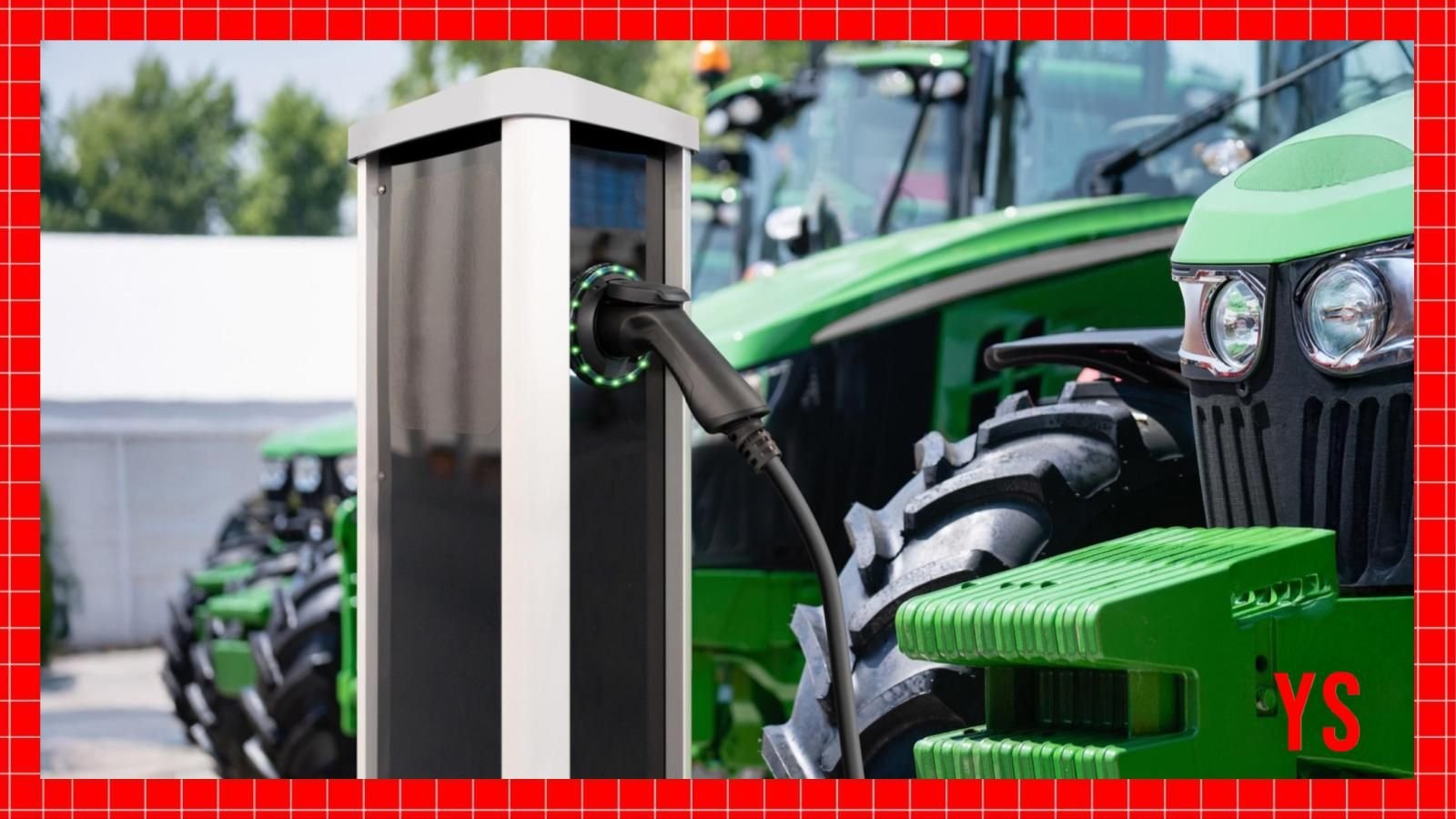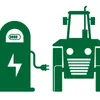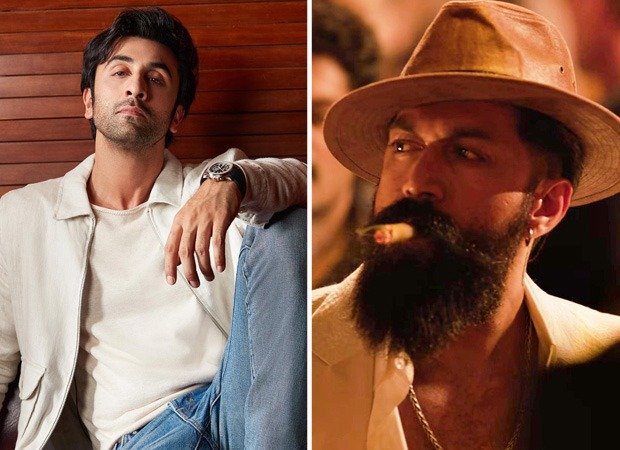

According to data from Vahan registry, India registered 25 electric tractors in 2025. While this number remains miniscule compared to two-wheeler, three-wheeler, and four-wheeler sales, it indicates a growing demand, with the market expanding by 66% year-on-year.
However, this growth is not without challenges. Access to reliable electricity remains a key bottleneck in most states. Rural regions in most states experience grid fluctuations, making it difficult for farmers to rely on an electric tractor that needs consistent charging.
Adding on to this is the time sensitive nature of farming , which varies depending on the crops being grown in each region. If a vehicle cannot be deployed when needed, it can lead to mounting losses for the farmer.
But, Bengaluru-based electric tractor manufacturer Moonrider believes the market is half full. It has identified unique spots in the country’s agricultural segment that can utilise electric tractors.
For instance, non-puddling use cases, a type of farming that is followed in wineries and horticulture, which has been proven to save water, reduce labour, and energy costs. These are non-time-critical use cases where electric tractors can be effectively deployed.
.thumbnailWrapper{
width:6.62rem !important;
}
.alsoReadTitleImage{
min-width: 81px !important;
min-height: 81px !important;
}
.alsoReadMainTitleText{
font-size: 14px !important;
line-height: 20px !important;
}
.alsoReadHeadText{
font-size: 24px !important;
line-height: 20px !important;
}
}

When it comes to electricity availability, states like Rajasthan and Gujarat, which are both agriculture-heavy and energy-surplus regions that even sell power to neighbouring states, are the company’s initial target markets, points out Moonrider’s co-founder Anoop Srikantaswamy.
The company is not the only one that has identified this nascent market. Autonxt is yet another startup that is building electric tractors in the range of 20 to 45 horsepower.
The growth of electric tractors mirrors that of electric two-wheelers, Srikantaswamy points out. Initially, there was significant apprehension surrounding scooters being run on batteries, making it a segment that legacy players did not want to jump into. Then came Ola Electric, which brought electric scooters to the forefront, followed by Ather Energy. Noticing the rising demand for EVs, legacy brands like TVS Motor and Bajaj Auto soon jumped aboard. Today, TVS Motor is the market leader in the segment, having sold 2,39,038 vehicles year-to-date.
Potential for electrifying tractors in India is huge, provided that it is one of the largest markets for tractors in the world. It is only a matter of time.
“For a farmer, as long as the tractor is performing and his operations are not getting affected, it does not matter whether it is a diesel tractor or an electric tractor,” Srikantaswamy notes.
Edited by Megha Reddy
Discover more from News Hub
Subscribe to get the latest posts sent to your email.






